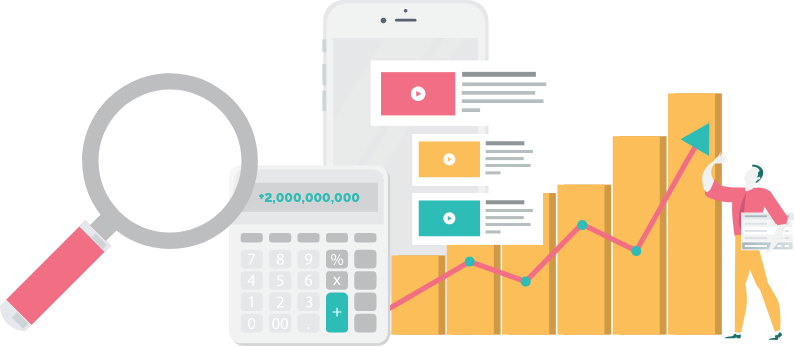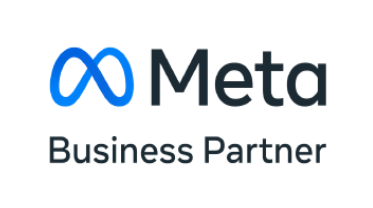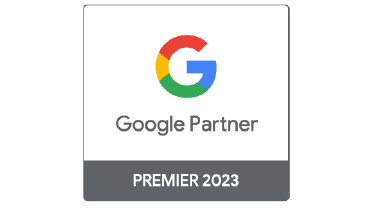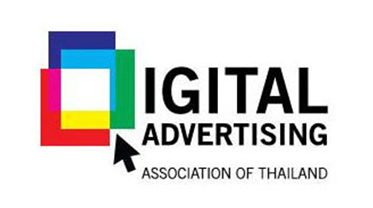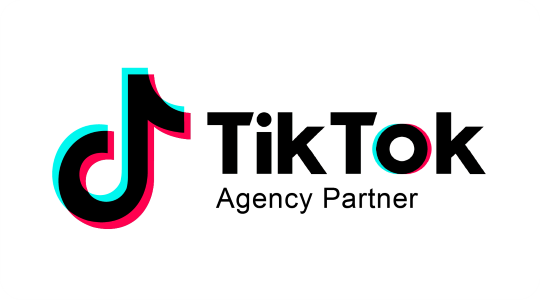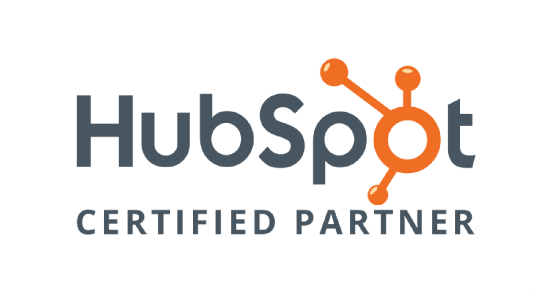CTA (Call to Action) is a text button that tells people to click so that they can visit your website, fill in an online form, click to purchase a product, or anything else you’d like them to do. Generally, the text on a CTA button encourages people to click using phrases such as: “Buy now!”, “Complete this form for a discount!” or “Register now!”.
CTR (Click Thru Rate) is a metric that represents the number of clicks you receive from users who’ve viewed your ads. To calculate CTR, take the total measured clicks and divide it by the total number of impressions, then multiply the result by 100. The formula is: CTR = (total clicks ÷ total impressions) * 100.
Conversions are the actions you expect from your audience. For example, if you expect them to fill in a questionnaire when they see your ads, if they do so, that is a conversion. Likewise, conversions can be when someone sees your Facebook ads and clicks to purchase your product. In marketing, there are various types of conversion actions among businesses depending on what they expect from their customers.
CPA (Cost per Acquisition) is the cost of one conversion from your paid ad, calculated from the total payout on the ad, divided by the number of conversions. The formula is: CPA = total payout ÷ total conversions.
CPC (Cost per Click) is the cost you are charged for each click on your ads, calculated from the total payout, divided by the number of clicks incurred. The formula is: CPC = total payout ÷ total clicks.
CPL (Cost per Lead) is the amount you spend on marketing to get one lead. To calculate your CPL, take the total payout and divide it by the number of leads. The formula is: CPL = total payout ÷ total leads. CPL is similar to CPA, however CPA focuses on new customers to the business whereas CPL focuses on qualified ones.
CPM (Cost per Thousand), also called cost per mille, is the amount you are charged per 1000 ad impressions. It is calculated from the total payout, divided by the total number of ad impressions, then multiplied by 1000. The formula is: CPM = (total payout ÷ total impressions) * 1000.
Crawl or Crawling is how a site is discovered by Google bot, which downloads your website’s data. The crawled data will be indexed so that when users search on Google, the algorithm can select and show the relevant data for the keywords searched.
